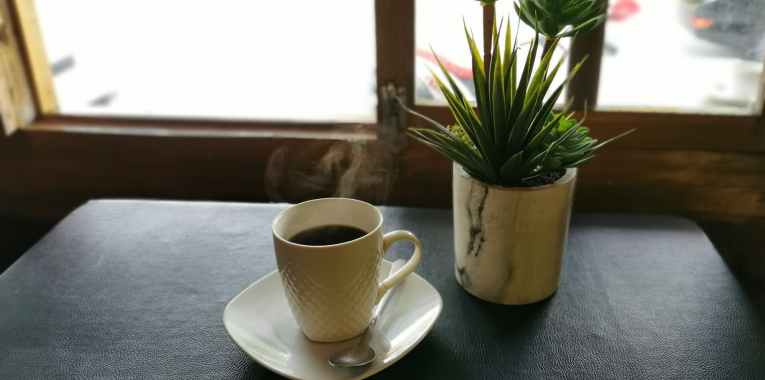We have posts on the most common brew methods for making coffee already, so we wanted to help you find the best brew method. This will depend on your lifestyle and be an individualized decision, but here are some pointers on how to pick the method that suits you the best.
Immersion vs. Percolation
Immersion methods, such as the French Press, AeroPress, Hario Switch and Clever Dripper (the last three also use a filter), tend to be much more forgiving than percolation methods. Testing has been done with varying grind sizes with immersion methods, like the French Press, and they were all drinkable. If you use the wrong grind size on a percolation method, like a pour over, the result could be undrinkable. Cold brew is another immersion method that is easy to make in large batches.
Percolation methods, such as the pour over method or using a drip coffee maker are less forgiving than the immersion methods because water is passing through the grounds/filter once instead of being immersed in water for a set period of time.
One of the most important variables in making coffee is the grind size, that is why we always recommend grinding your own coffee by weight with a burr grinder so you can adjust the grind size to get the optimal extraction. With immersion methods like the French Press, the recommended ratio is 60-75 grams of coffee per liter, so you can adjust the ratio to taste. This is because at a certain point you get diminishing returns with coffee extraction with immersion/steeping in hot water. If you wait longer you won’t extract more coffee taste, so you need to add more coffee.
With the percolation methods the recommendation is to grind finer until you taste bitterness then adjust the grind back coarser a little to ensure optimal extraction. If your coffee is sour or weak, keep adjusting finer until you can dial in your right grind size. Make sure you are using clean fresh water fresh off the boil and quality coffee. With percolation we try not to change the coffee to water ratio, only the grind size to modulate our coffee taste. This is because we only get one chance with percolation for the water to pass through the grounds, so we need to ensure we have the right grind size, grind evenness and surface area of the coffee for the coffee to extract properly. Even the thickness, speed and shape of the filter can impact this because we need to make sure the draw down time is not too long or short know how it impacts our extraction. Overall, percolation needs a little more effort to dial everything in, but I believe it has better results for the extra effort.
For 1-2 servings of coffee
I consider a serving to be about 12 oz since that is a typical large coffee mug with some room left in it. My usual brew size is 700 ml to make two servings.
If you want less than 12 ounces, we recommend using the AeroPress which can make about 6-7 oz of coffee. It is easy to use and has great results and also easy to travel with or bring to the office. It makes some of the best tasting coffee, but the brew size can be limiting. The AeroPress comes with paper filters, but can also be used with metal filters.
For about 12-14 ounces, try the Hario Switch, this is also an immersion brewer with a filter that is easy to use and makes great coffee. It combines the best of a French Press and filter coffee, I find the coffee to be somewhat muted using this method compared to an AeroPress. You can also use this brewer for pour over coffee.
Pour over is a great method that can make up to about 27 ounces of coffee for two full mugs. This is the method I use most mornings and requires some more attention, but I believe it has the best results if done correctly. Most people use paper filters with this method, but you can also find reusable metal and cloth filters.
French Press is a method that can make small or large brew sizes depending on the size of your vessel. Some people don’t like French press as all the oils are retained due to the absence of a filter which results in a different taste and texture from filtered coffee. This is a personal preference if you prefer having the oils in the coffee or prefer filtered coffee. Using permanent metal filters instead of paper filters on the other methods discussed here will also allow the natural oils in coffee to stay in the brew.
For 3-4 servings of coffee
For these brew sizes your best bet is to use a larger French Press for immersion or a coffee maker for percolation. Once you find the right grind size, a good coffee brewer with proper brew temperatures will make you a great cup of coffee. Many coffee makers come with metal filters, but I prefer using paper filters for a cleaner cup. Check out the review of our favorite brewer here.
You can also make cold brew in large batches in the refrigerator. The cold brew process makes the coffee less acidic, but you may also miss some of the notes in the coffee compared to a hot brew.
What about Espresso?
If you’re interested in espresso and more home barista stuff, know that it is quite a commitment, we talk more about espresso here. AeroPress and Moka Pot can get you some espresso-like results, especially if you’re making milk based drinks, but it isn’t the same as using an espresso machine due to the pressure levels required to make true espresso.
